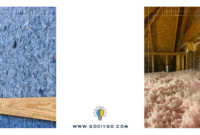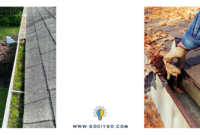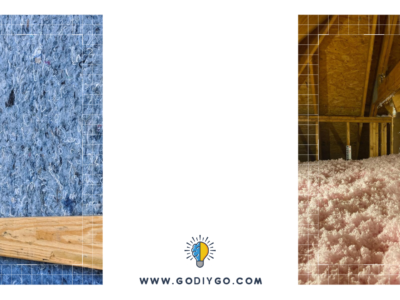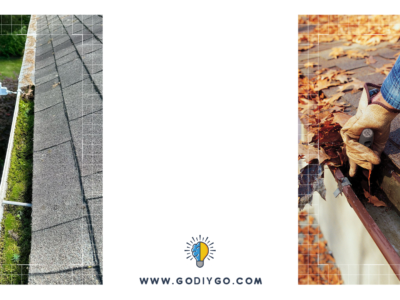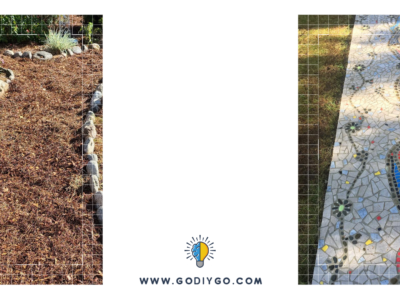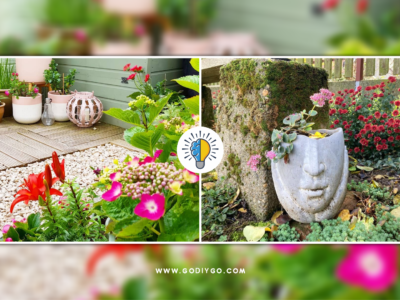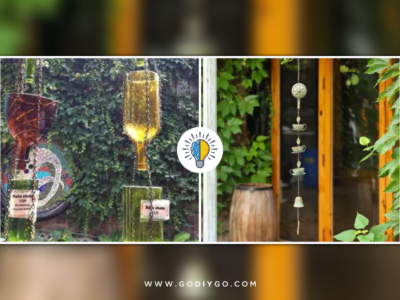It is certain that we want our trees to live long and healthy lives for our own pleasure and that of future generations. That’s why it’s crucial to understand when and how to fertilize your trees. Those of us who are lucky enough to have a yard full of magnificent trees should be grateful. Evergreens give shelter from the bitter winds of winter, while also providing shade in the summer, and all trees bring beauty and a relaxing presence. To that end, here are some top tips on how to fertilize your trees for their optimum growth and well-being.

The Importance of Fertilizing
If left uncontrolled, trees, like any other plant, may not obtain all of the nutrients they require to grow. Few yards have precisely balanced ground conditions, and trees that don’t get enough nutrients succumb to insect assaults, illness, and stunted growth. However, not all trees require fertilization.
In their first growing season, new, young trees should not be fertilized until their roots have had time to establish themselves. Trees with roots that have been injured by digging or construction should not be fertilized, either. They require some time to allow their root systems to regrow.
When to Fertilize?
Apply fertilizer only when the plants require it and their roots are capable of absorbing the nutrients. Your application should be timed to coincide with vigorous root development and sufficient soil moisture. Remember that the ideal time to fertilize trees and shrubs should be in the early spring, and if conditions are favorable, a small fertilizer treatment can be done in the early summer. If you don’t have access to water, don’t fertilize at all, since the plants won’t be able to absorb the nutrients. Always ensure that there is enough moisture (provided by rainfall or irrigation).
Fertilizing in the autumn aids the tree in regaining and storing nutrients lost throughout the summer. In regions where the soil does not freeze, it will encourage root development throughout the winter.
How to Do It Properly?
Because there are so many different fertilizer combinations, picking the correct bag can be difficult. Use a fertilizer with a nitrogen of 12 to 30 percent and phosphorus and potassium of 3 to 12 percent. Apply the fertilizer uniformly to the soil’s surface for a distance of roughly 1-1/2 times the size of the branch.
Make certain that the fertilizer you pick is pesticide-free. If there isn’t any rain in the forecast, properly water the tree to allow the fertilizer to reach the roots.
Because the majority of a tree’s roots are situated in the top foot of soil, fertilize the tree uniformly with a drop-type applicator over the root zone region. To make the nutrients available to the roots, water after treatment. Reduce the root zone space if the tree’s root zone is constrained by a sidewalk or driveway.
What If Your Tree Looks Damaged?
Poor growth is frequently an indication that a tree isn’t getting enough nutrients and might benefit from fertilizer. A few telltale symptoms are little, pale leaves and short branches. Any tree that looks to be injured or suffering as a result of harsh weather, insects, illnesses, or pollutants might benefit from employing fertilizer nutrients to mend itself and avoid further injury. Often, healthy trees do not require additional fertilizers. Adding fertilizer to healthy soil might throw off the nutritional ratio, causing your tree to overgrow and become weak.
Test the Soil
Test the soil to see if it has any nutritional deficiencies. Find the nearest country extension office to you. They can provide you with a full study of what nutrients are missing in your soil. This test makes it simple to figure out what sort of fertilizer you require. Always perform this test before applying anything to the soil to ensure correct nutrient balance.
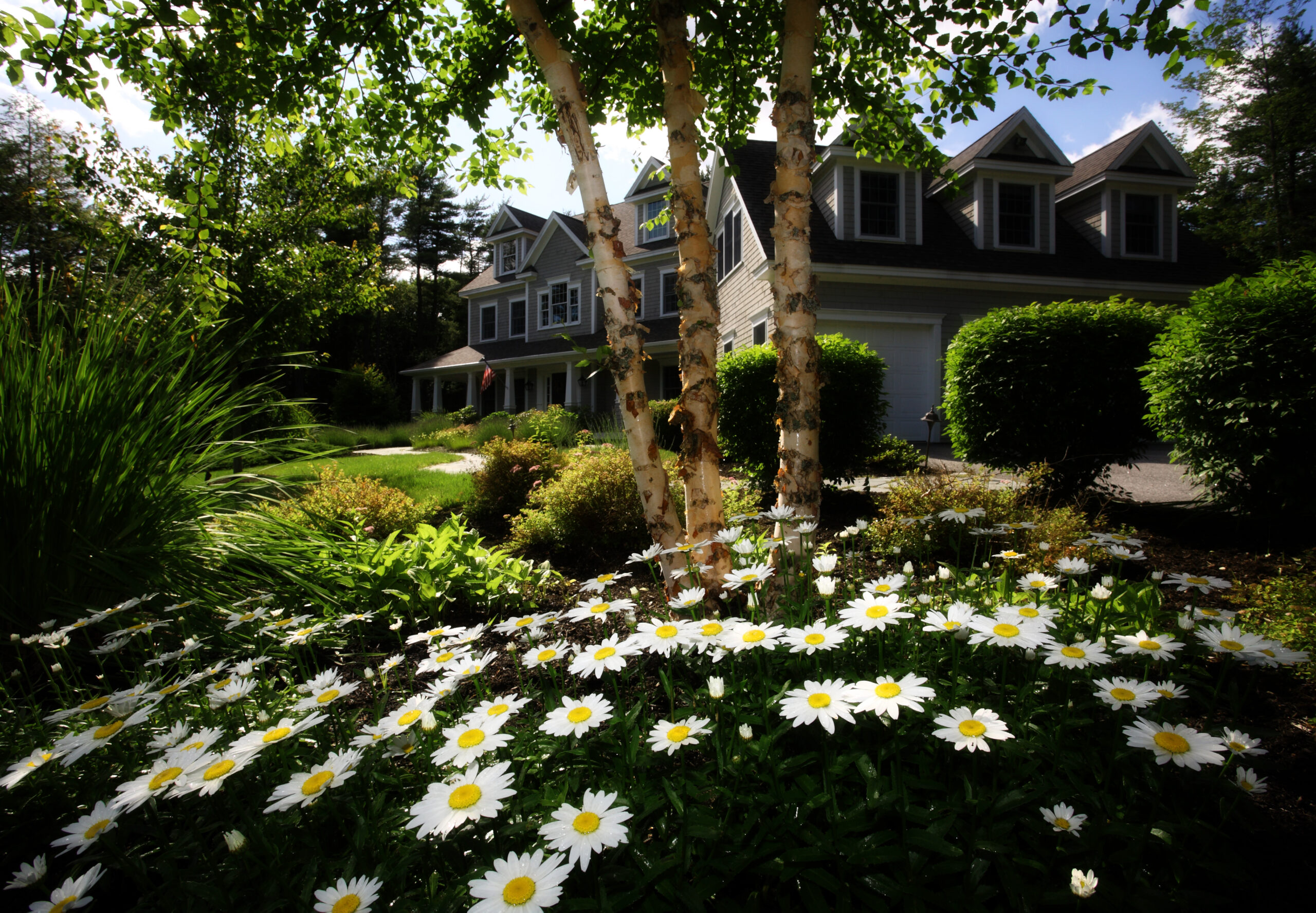
Water the Fertilizer
Water the fertilizer into the soil until it is completely saturated. Setting a hose near the trunk is the best approach to water trees. Reduce the water stream to a drip and let it trickle for 2 or 3 hours into the soil. To avoid air holes, the compost and fertilizer should be totally wet. To reach the roots, try to apply enough water to moisten your soil. Put a knife or metal rod down into the earth to test it. It should be dripping wet and filthy.
Planting trees may provide beauty and charm to most areas of the planet. Although trees do not require much maintenance other than regular watering and periodic trimming, they do reap benefits from fertilizer treatment on occasion. To avoid causing damage to your tree, evaluate your soil first to see what sort of fertilizer you require. In the spring or fall, apply an adequate amount of fertilizer to assist your trees to heal from harm and continue to thrive.


